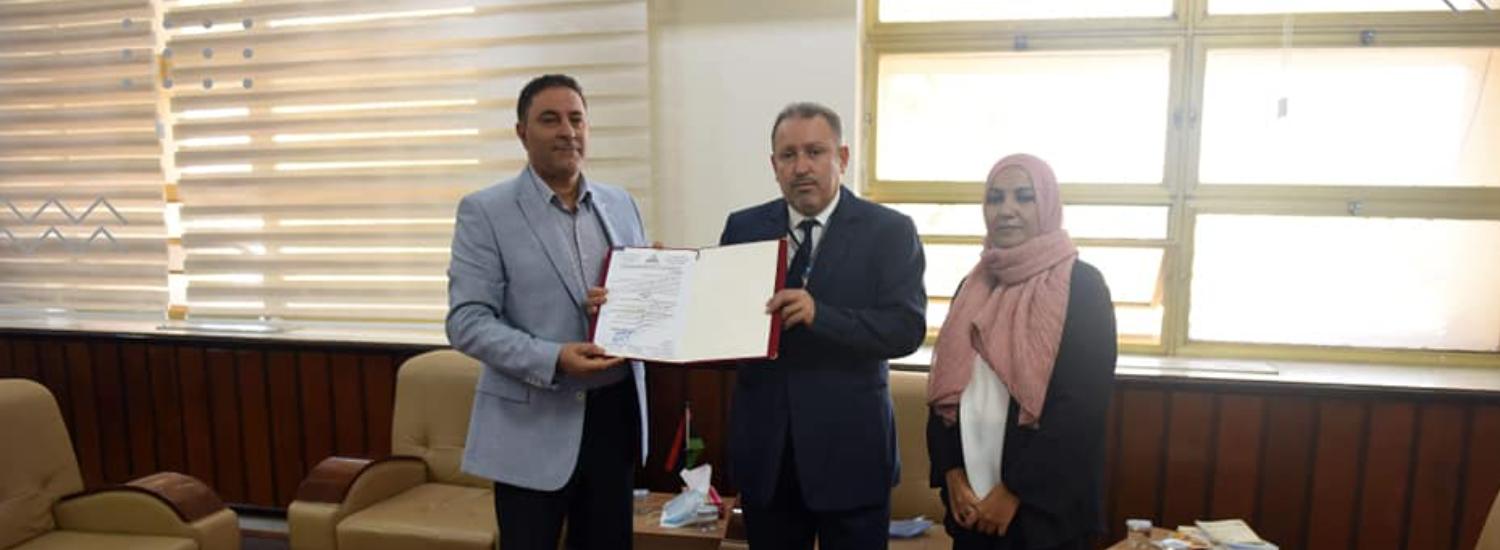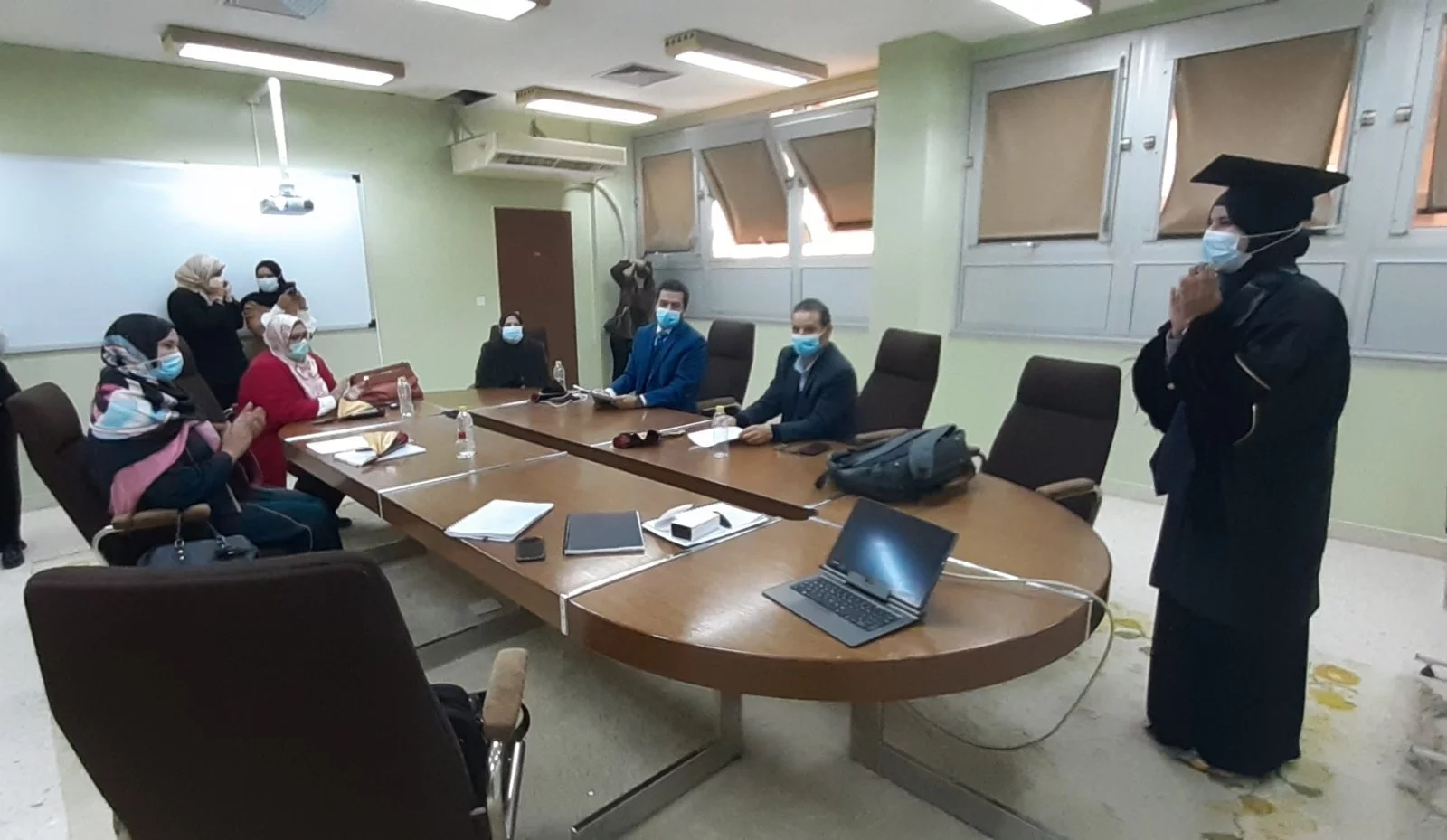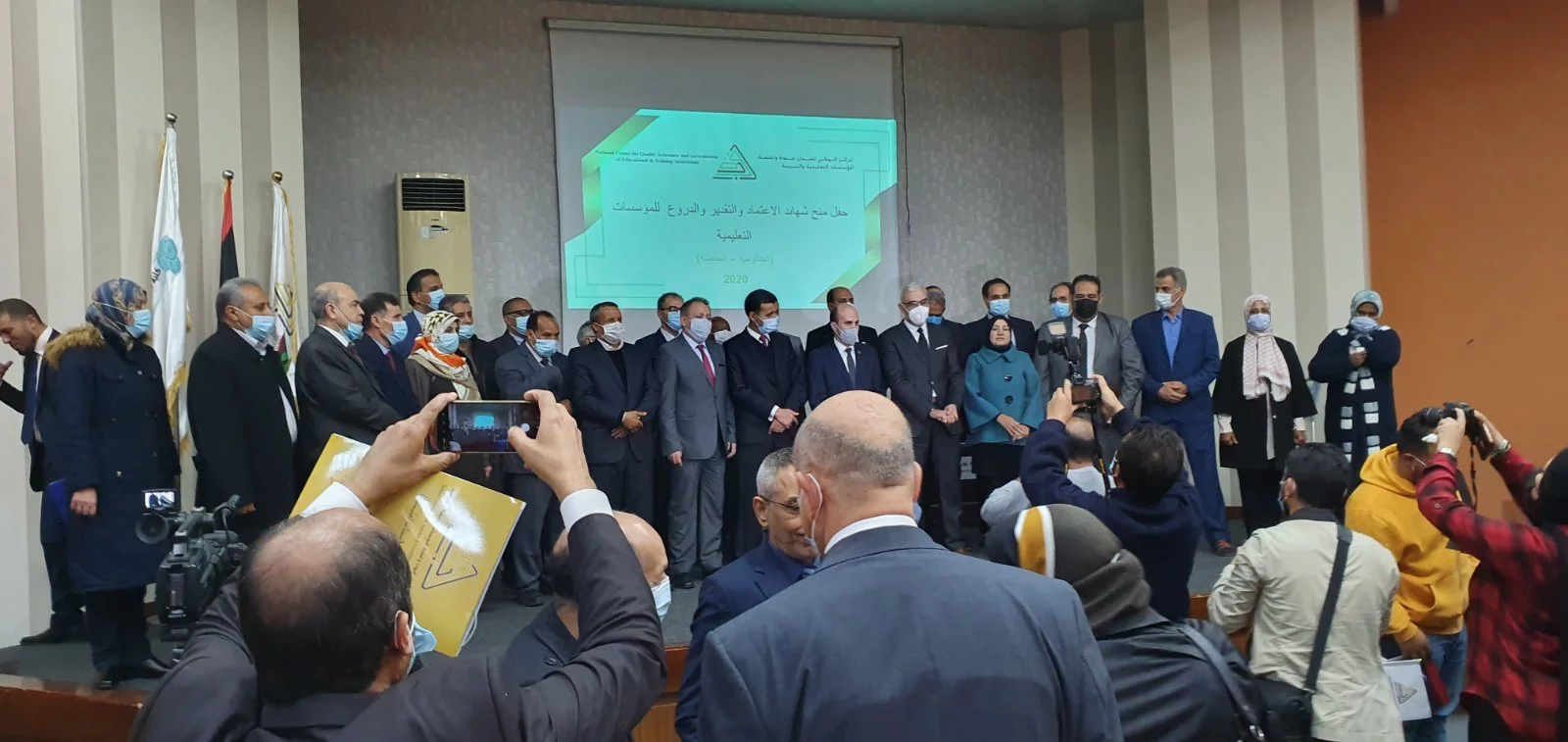Phytochemical, Antioxidant, Antibacterial and Nutritional value of Cucurbita maxima D (Cucurbitaceae) grown in Tripoli– Libya
ABSTRACT Pumpkin (Cucurbita maxima D.) is an angiosperm belonging to the Cucurbitaceae family generally characterized by climbing herbaceous vine with tendrils. The fruits vary in size, colour, shape and weight and have a moderately hard rind, with a thick edible flesh, and numerous seeds in the fruit which are either plump and tan or soft white.Preliminary phytochemical evaluation on different extracts of seed and fruit of C.maxima reveals the presence of proteins, carbohydrates, flavonoids, saponins, alkaloids, steroids, coumerins, phenolic compounds, terpenoids, and glycosides. A C.maximum contains antioxidants (such as: tocopherols, flavonoids, and phenolic acids, carotenoids or ascorbic acid) which are molecule that are capable of slowing or preventing the oxidation of other molecules. They may protect cells from damage caused by unstable molecules known as free radicals. Antioxidants terminate these chain reactions by removing free radical intermediates, and inhibit other oxidation reactions by being oxidized themselves.Free radical scavenging or antioxidant activity of the extract was determined on the basis of their scavenging activity of the stable 1, 1-diphenyl-2-picrylhydrazyl (DPPH) free radical. Antibacterial activity of the crude extract was determined by Cup-cut agar diffusion method.The pulp and seed extracts showed significant antioxidant activity in a dose-dependent manner with good IC50 values. For the pulp IC50(s) were 4.25 ± 0.05, 3.84 ± 1.18 and 4.12 ± 0.32 for petroleum ether, chloroform and Methanol extracts, respectively. In addition the the seed IC50(s) were 9.22 ± 0.20, 14.5 ± 0.14 and 5.97 ± 1.70 for petroleum ether, chloroform and Methanol extracts, respectively. C.maxima extracts contains antioxidants that prevent the oxidative damage to DNA in presence of DNA damaging agent (Sybr Gold) at a high concentration. The percentage of hydroxyl radical scavenging activity of C. maxima determines the ability of antioxidant to scavenge the hydroxyl radicals. The antioxidant activity of C. maxima extracts has high scavenging activity (thermodynamic property) and relatively high reaction rate (kinetic property); therefore, the second order rate constant (ks) of the H-atom transfer from antioxidant to the hydroxyl radical was seen. The seed extract showed antibacterial properties on both Gram- positive and Gram-negative bacteria used in this study. This means that C. maxima are useful as potential antibacterial agents. It was also observed from this study, the variations in the antibacterial activities of the C. maxima may be due to the differences in their bioactive compositions or concentrations. In conclusion, the physicochemical and preliminary phytochemical evaluation of fruit and seeds of C.maxima provide valuable information regarding their identification, authentication and chemical constituents which may be useful for the standardization and preparation of medicinal plants. The constituents of fruit and seeds of C. maxima may have several medicinal properties and can be utilized for the treatment of various diseases. Further research on this species in Libya may help in the isolation of therapeutically potent compounds which can be finally be subjected to pharmacological activities, thus leading to opening up new avenues in the use of natural products for therapeutic purpose.
إيناس عبدالله السعداوي (2016)
Publisher's website

















